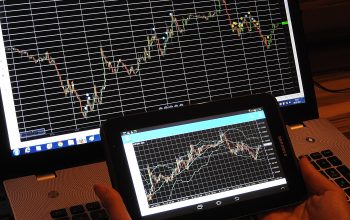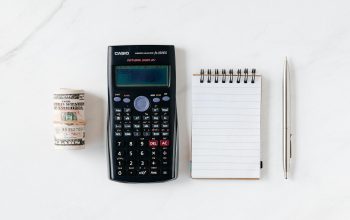If you’re looking to trade ETFs, there are a few techniques that you can use to improve your chances of success. One of the most important things to remember is always to use limited orders, especially when trading during periods of high volatility. Additionally, it can be helpful to look for ETFs that track relatively stable indexes and avoid those based on volatile markets.
What are ETFs, and why trade them?
An ETF, or Exchange-Traded Fund, holds assets such as commodities, bonds, or stocks and trades close to its net asset value over the trading day. Most ETFs track an index, such as a stock or bond index. ETFs are generally believed to provide lower risk than traditional mutual funds because they are diversified and trade at prices that reflect the underlying value of their assets (Net Asset Value or “NAV”).
There are many reasons why investors might choose to trade ETFs. For one, ETFs can offer a way to gain exposure to a particular market or sector without purchasing individual stocks. ETFs also tend to be more tax-efficient than mutual funds and often have lower fees.
Additionally, ETFs can be traded throughout the day, allowing investors to take advantage of short-term price movements.
How to trade ETFs
When trading ETFs, it is essential to remember always to use limited orders. A limit order is to buy or sell a security at a specified price or better. Limit orders help ensure that you don’t end up paying more for a stock than you intended to, and they can also help you get the best possible price when selling.
Another thing to keep in mind when trading ETFs is to look for those tracking relatively stable indexes. For example, an ETF that tracks the S&P 500 Index is likely to be more stable than an ETF that tracks a small-cap index. It is because the large-cap stocks in the S&P 500 tend to be less volatile than small-cap stocks.
Additionally, it can be helpful to avoid ETFs that are based on volatile markets. For example, an ETF that tracks the price of crude oil is likely more volatile than an ETF that tracks the S&P 500. It is because the price of crude oil can fluctuate significantly based on geopolitical events.
Finally, remember that ETFs can be traded throughout the day. It means that you can take advantage of short-term price movements. However, it also means that you must be careful not to over-trade. If you find yourself trading too often, it may be a good idea to take a break and reassess your strategy.
Common mistakes when trading ETFs
One of the investors’ most common mistakes when trading ETFs is not to use limit orders. It can lead to paying more for a stock than you intended or selling it for less than it is worth. Additionally, many investors fail to take advantage of the fact that ETFs can be traded throughout the day. It means that they miss out on potential profits from short-term price movements.
Another mistake that investors often make is trading ETFs based on volatile markets. It can lead to losses if the market moves against them. It is important to remember that ETFs tracking volatile markets will also be more volatile than ETFs tracking stable markets.
Finally, many investors fail not to have a plan for when to take profits or cut losses. It can lead to holding on to a losing position for too long or selling a winning position too early. It is vital to have a system in place for taking profits and cutting losses to discipline yourself to follow it.
Conclusion
ETFs can be a great way to gain exposure to a particular market or sector. However, it is essential always to use limit orders and look for ETFs that track relatively stable indexes. Additionally, it can be helpful to avoid ETFs that are based on volatile markets. Finally, remember that ETFs can be traded throughout the day, so you must be careful not to over-trade.








Can you write more about it? Your articles are always helpful to me. Thank you!
I’m so in love with this. You did a great job!!